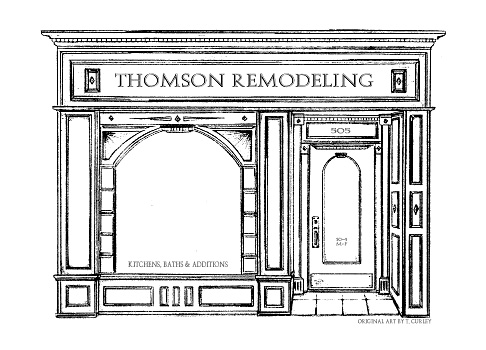Signs Your Chimney Needs to be Rebuilt.
Signs Your Chimney Needs to be Rebuilt.
We walk by them every day without a glance, but some chimneys are calling out to be noticed. Some will shout in the form of a dislodged brick lying on the ground. But more often, there are more subtle clues. Grab your binoculars and let’s take a look.
- As mentioned above, a random brick on the ground is a sign of something serious. But also, loose mortar on the roof surface or ground is also something to look for.
- Cracks in the mortar. Look for cracks in the mortar joint, which should be one long continuous uninterrupted joint. Failed mortar joints will often have a series of vertical cracks in the joint. In general, there may be more cracked joints closer to the crown, or top of the chimney. Cracks in each successive joint (one after the other), is a sign of joint failure and water infiltration. This is a problem, especially in the winter where water will get into the cracks and freeze and expand overnight, causing more problems.
- Missing mortar. These voids appear as a hole in the mortar. These holes can be deep, sometimes as deep as the width of the brick.
- Old repairs and mismatched mortar. You might often find old attempts at repointing, and sometimes repairs with caulk. Patches of mortar with a uniform medium gray appearance could be Portland Cement, and not compatible with the existing lime-based mortar.
- Damaged Crown. Probably the most difficult item to inspect because typically, only the edges of the crown or mortar bed at the top of the chimney can be seen. Crowns wear out. Crowns can also crack, crumble and wear away over the years. Imagine, however, the crown keeps the water out of the top of the chimney, and cracked and damaged crowns are likely the main source of failing chimney masonry and mortar. Probably one of the most important elements of the chimney and one of the most undermaintained – mainly because it can’t easily be seen.
- The top two Feet. The top two feet of the chimney can tell a lot. Sometimes, the joints at the top will appear wider, often the mortar is missing or damaged, and many cases, the bricks are being held together by their own weight. When there is corbelling at the top of a chimney – areas that intentionally stick out from the rest of the chimney, it creates a shelf to hold water.
- Finally, lack of a chimney cap can allow water to enter the flue and cause deterioration from the inside. Wherever possible, a chimney cap should be used to help keep water and animals out of the top of the chimney.
Take a look at the video below and you’ll notice each of the bullet points mentioned above. Before:
